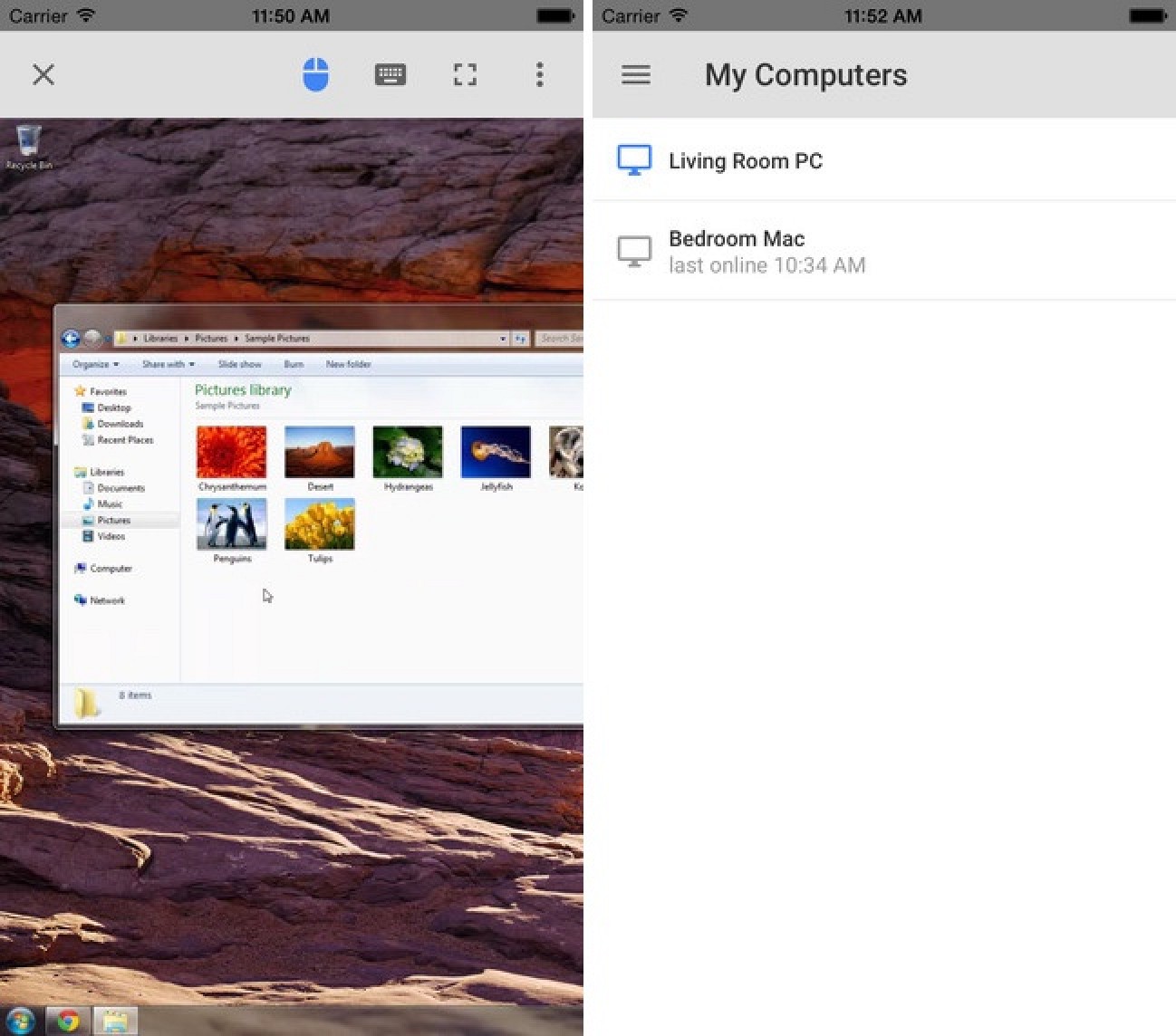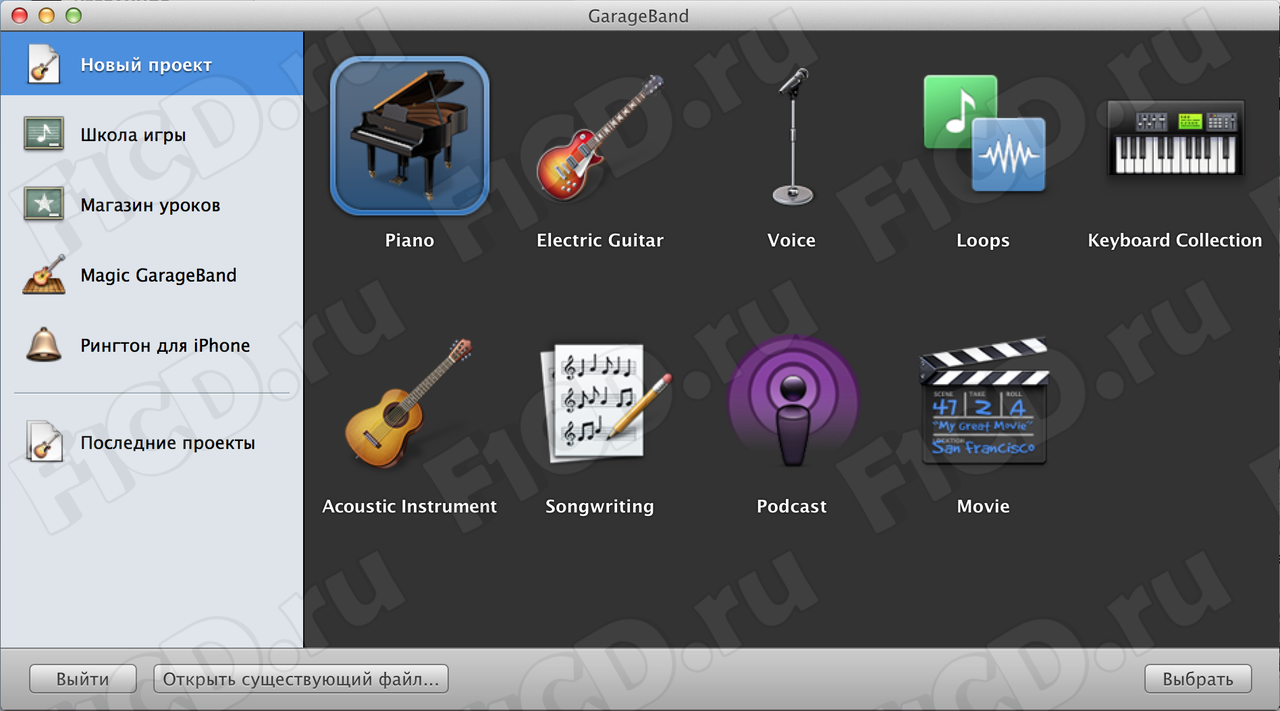- Microsoft Word For Mac 2011 Version 14.0.0
- Line Spacing In Microsoft Word For Mac 2011
- Microsoft Word For Mac 2011 Spell Check Not Working
- Microsoft Word For Mac 2011 Tutorials
- In Word for Mac 2011 Essential Training, author Maria Langer shows how to create, format, and print a wide variety of documents in Microsoft Word 2011.The course covers building outlines, formatting text and pages, working with headers and footers, using themes and styles, adding multimedia, and more.
- Apr 06, 2015 Microsoft Office for Mac 2011 14.4.9 Update. Double-click the file that you downloaded in step 5 to place the Microsoft Office 2011 14.4.9 Update volume on your desktop, and then double-click the Microsoft Office 2011 14.4.9 Update volume to open it. This step might have been performed for you.
- My document quit without saving a lot of changes I made to it and I've tried all the options suggested online. I don't want to aut-recover - I want to find an old version with.
- Support for Office for Mac 2011 ended on October 10, 2017.All of your Office for Mac 2011 apps will continue to function. However, you could expose yourself.
- Word 2011 for Mac: Formatting (Intermediate) Quick Reference Guide (Cheat Sheet of Instructions, Tips & Shortcuts - Laminated Card) Feb 22, 2011 4.2 out of 5 stars 11.
I have Microsoft Word for Mac 2011. Version 14.7.2. I am so tired of Microsoft Word that I am about to adopt another word processor for my next school year. Please let me know if Word has a solution to this problem. Thank you, Jay.
Microsoft has officially ended support for Office for Mac 2011 as scheduled, nearly seven years after the software suite was first released.2011 versions of Word, Excel, Outlook, and PowerPoint will no longer receive feature or security updates as of October 10, 2017. Any form of paid or free technical support from Microsoft has also ended indefinitely.
Microsoft Lync for Mac 2011 still has an extended support period through October 9, 2018 for any possible security updates.
Microsoft Word For Mac 2011 Version 14.0.0
Since the mainstream support period for the rest of the Office for Mac 2011 was already extended beyond the usual five years, there is no extended support period for those apps. In other words, support has completely ended.
Earlier this year, Microsoft said it had not even tested Word, Excel, PowerPoint, Outlook and Lync on macOS High Sierra, but some users on the web have reported that the suite is mostly functional on the new operating system.
Word 2011 totally works in High Sierra: pic.twitter.com/whpRH0bQeV
— Spider Mann (@spidermann) September 30, 2017Microsoft recommends users upgrade to Office 2016 for Mac, which is fully supported on macOS High Sierra. OS X 10.10 or later is required.
(Thanks, Jacob Harvey!)
Guides
Upcoming
Front Page Stories
Apple TV+ Offers Highest Quality 4K Streaming, Averaging Up to 29Mbps
AirPods Pro vs Powerbeats Pro
15 hours ago on Front PageApple Releases New Trailer for Original Film 'The Banker' With Anthony Mackie and Samuel L. Jackson
21 hours ago on Front PageMicrosoft Introduces Unified Office App for iOS and Android
22 hours ago on Front PageAdobe Launches Photoshop for iPad
22 hours ago on Front PageApple Commits $2.5 Billion to Fight California Housing Crisis
1 day ago on Front PageDigiTimes: Apple Partnering With Valve to Develop AR Headset
1 day ago on Front PageAd Data Points to Apple's 'Slow Roll' Promotion of Apple TV+
2 days ago on Front Page
Perhaps you’re working on a long document in Word in which you want an index with page numbers. Word in Office 2011 for Mac can automate this task for you. This procedure entails three steps:
Generate a table of words or phrases to be indexed, saved as a special file called a concordance file.
Mark the words or phrases to be used in the index.
Generate the index.
Making a table of words and phrases to index
Word is pretty smart, but you need to tell Word the words or phrases to use in the index, and which index headings to make. You tell Word the words or phrases to be used in the index by creating a concordance file. Follow these steps to create a concordance table:
In Word, choose File→New Blank Document.
From the menu, choose Table→Insert→Table.
In the Insert Table dialog, set Number of Columns to 2.
Click OK to close the Insert Table dialog.
Fill in the cells:
Left column:Put all the words from your document that should be marked for indexing into the left column, one word or phrase per cell.
Right column: Enter the appropriate document index heading corresponding to each word in the left column.
Don’t use column headings: Nothing else can be in the concordance file except your two-column table.
Choose File→Save to save the table as a Word document and then choose File→Close to close the concordance table document.
Marking the words or phrases to use in the index
Line Spacing In Microsoft Word For Mac 2011
After you save your concordance file, you can use it to create an index from a long document. Follow these steps to use a concordance file:
Microsoft Word For Mac 2011 Spell Check Not Working
In Word, choose File→Open.
Select the Word document you want to index but don’t open it yet.
Nov 17, 2011 You can set up such a connection by going through the following steps: First install Google Chrome on both your PC and Mac if it's not already installed. Next download the Chrome Remote Desktop extension from its page at the Chrome Web store. After installation, launch Chrome on your Mac. Chrome remote desktop. Remote Access. Remote Support. Your desktop anywhere. Securely access your computer from your phone, tablet, or another computer. It's fast, simple, and free. Give & get support. Get remote support for your computer, or give remote support to someone else. Jun 23, 2017 Similar Software for Mac. Install Remote Desktop Connection on Mac OSX; Install Remote Desktop Manager on Mac OSX; Install Chrome DevTools on Mac OSX; Install Google Chrome on Mac OSX; Install chrome-cli on Mac OSX; Install node on Mac OSX; Install Nitrous Desktop on Mac OSX; Install MediaFire Desktop on Mac OSX; Install Desktop Log on Mac OSX. Sep 19, 2019 The most popular versions among Chrome Remote Desktop for Mac users are 41.0, 40.0 and 24.0. Some of the software aliases include 'Chrome Remote Desktop Host Uninstaller'. Our antivirus analysis shows that this Mac download is safe. Chrome Remote Desktop allows users to remotely access another computer through Chrome browser or a Chromebook.
 Chrome Remote Desktop is fully cross-platform. Provide remote assistance to Windows, Mac and Linux users, or access your Windows and Mac desktops at any time, all from the Chrome browser on virtually any device, including Chromebooks.
Chrome Remote Desktop is fully cross-platform. Provide remote assistance to Windows, Mac and Linux users, or access your Windows and Mac desktops at any time, all from the Chrome browser on virtually any device, including Chromebooks.In the File Open dialog, choose Copy from the Open pop-up menu and then click the Open button to open a copy of the document that you want to index.
In the copy of your document, choose Insert→Index and Tables.
Click the Index tab and then click the AutoMark button.
Navigate to the concordance file you saved earlier and then click the Open button.
Generating the index
The following steps create the index:
Click in your document to set the insertion cursor to the place where you want to create the index.
In Word, choose Insert→Index and Tables.
Click the Index tab if it isn’t selected already.
Choose the type, format, tab leader style, and so on; or go with the default settings to format your index.
After you make all your choices, click OK.
Microsoft Word For Mac 2011 Tutorials
When you make your index, think about how you want subheadings to work in your document. Experiment freely until you get just the right result.
